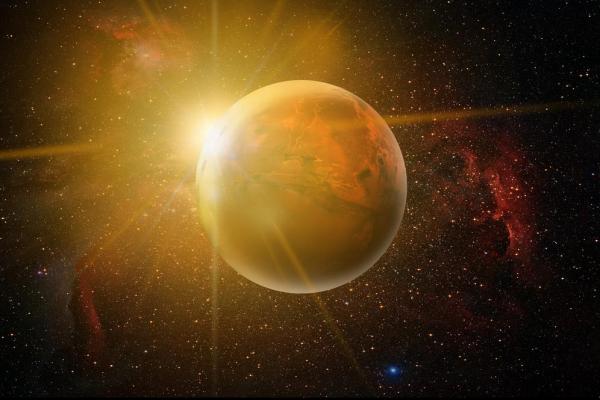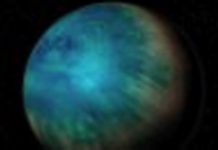
VANCOUVER, British Columbia, Jan. 3 (UPI) — Astronomers from the University of British Columbia have developed a technique to help determine how much an object would weigh on distant stars.
The new method helps researchers get a more accurate idea of the surface gravity of stars as they search for habitable Earth-like planets deep in the universe.
Through the autocorrelation function timescale technique, or timescale technique, scientists use data of star brightness collected from Canada’s MOST and NASA’s Kepler mission satellites to determine its size, and so it’s gravitational pull.
The technique is solely based on the time scale of the light signal given off from the star, the study said. The study was published Jan. 1 in the journal Science Advances.
“The timescale technique is a simple but powerful tool that can be applied to the data from these searches to help understand the nature of stars like our Sun and to help find other planets like our Earth,” said study lead author, University of Vienna’s Thomas Kallinger.
Surface gravity depends on a star’s mass and radius. The bigger the star, the heavier an object is on that star, essentially meaning one would weigh more than 2.5 times more on Jupiter, a much larger planet in our solar system, than on Earth.
“If you don’t know the star, you don’t know the planet,” Jaymie Matthews, co-author of the study, said in a statement.
“The size of an exoplanet is measured relative to the size of its parent star. If you find a planet around a star that you think is Sun-like but is actually a giant, you may have fooled yourself into thinking you’ve found a habitable Earth-sized world.
“Our technique can tell you how big and bright is the star, and if a planet around it is the right size and temperature to have water oceans, and maybe life.”





